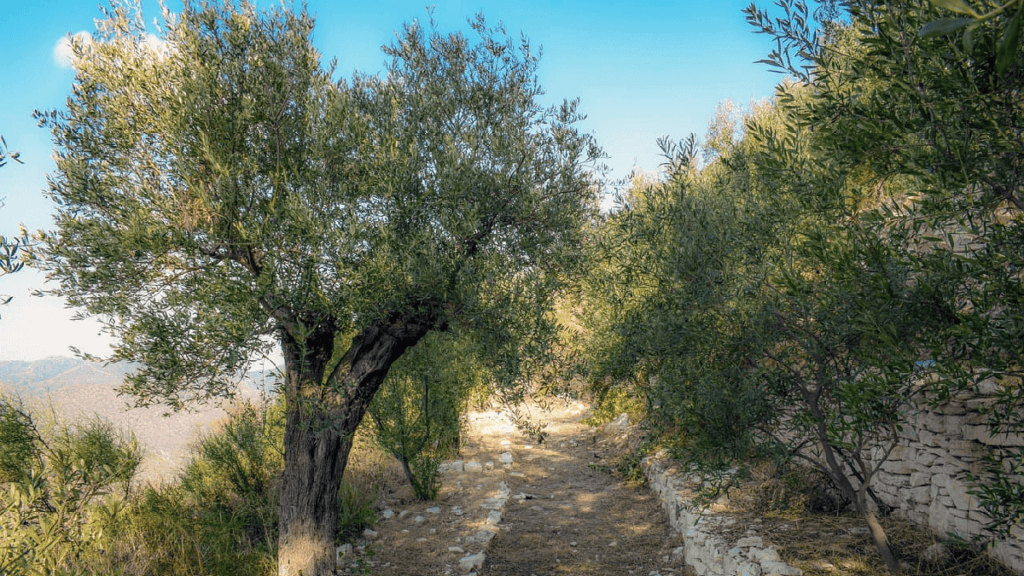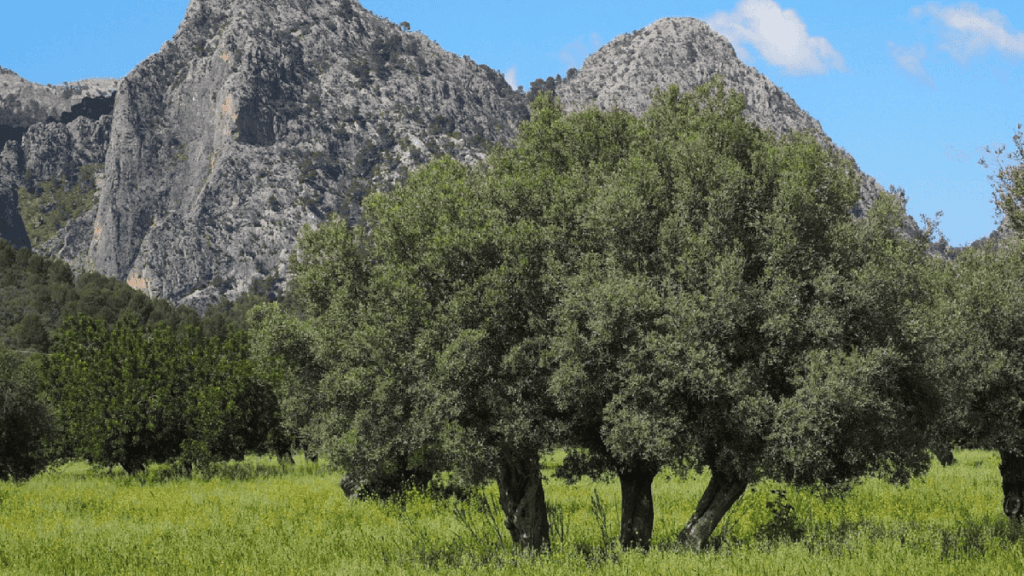Olive Tree Varieties
Olive trees have been cultivated for thousands of years and are an essential part of Mediterranean cuisine and culture. With numerous olive tree varieties available, understanding the unique characteristics of each can help you choose the best option for your culinary needs, oil production, or home garden. In this article, we will explore some of the most popular olive tree varieties, their attributes, and why they stand out.
Table of Contents
The Importance of Olive Tree Varieties
Olive trees (Olea europaea) come in many different varieties, each with specific traits that affect the flavor, yield, and overall quality of the olives they produce. These varieties are cultivated around the world, with each type offering something different in terms of taste, texture, and oil quality. Knowing the nuances of each variety can help producers, chefs, and home gardeners choose the right olive tree for their needs.

Popular Olive Tree Varieties
1. Arbequina
One of the most renowned olive tree varieties, Arbequina, is prized for its versatility and ability to produce high-quality olive oil. Originating from Spain, Arbequina olives are small but packed with flavor. The oil from these olives is smooth and buttery, with a fruity and slightly peppery aftertaste. It’s a popular choice for those who prefer a mild olive oil suitable for a wide range of dishes, from salads to cooking.
2. Koroneiki
Another well-known variety is Koroneiki, native to Greece. This variety is known for its robust flavor and high oil yield. Koroneiki olives are small but are considered some of the best olives for producing olive oil due to their intense, fruity taste. The oil has a strong, peppery finish, making it ideal for drizzling over salads, vegetables, and meats.
3. Picual
Picual is a Spanish olive variety that is widely cultivated due to its high yield and adaptability to different climates. Known for its bold and slightly bitter flavor, Picual olive oil is rich in antioxidants and has a longer shelf life compared to other varieties. This oil is often used in cooking, particularly for frying, thanks to its high smoke point and stability.
4. Hojiblanca
Another popular Spanish variety is Hojiblanca, which is known for its versatility in both table olives and olive oil production. Hojiblanca olives have a mild, slightly sweet taste, and their oil is often described as fruity with hints of almond and apple. This variety is particularly favored for its light flavor, making it ideal for people who prefer a more subtle olive oil.
5. Manzanilla
Manzanilla olives are widely known for their use as table olives. These Spanish olives are small, firm, and have a slightly tangy flavor. While not typically used for oil production, Manzanilla olives are a popular choice for appetizers, salads, and snacking due to their crisp texture and delicious taste.
6. Leccino
Originating from Italy, Leccino is a versatile olive variety that can be used for both oil production and as table olives. Leccino olive oil is mild with a light, fruity flavor and a hint of spice, making it ideal for a wide range of culinary applications. The olives are also great for curing and eating on their own.
7. Frantoio
Frantoio is another Italian variety, known for producing some of the highest-quality olive oil in the world. The oil is aromatic, fruity, and has a slightly bitter, peppery finish. Frantoio olive oil is particularly popular in gourmet cooking and is often used as a finishing oil for pasta, bread, and salads.
8. Picholine
Picholine olives are originally from France and are commonly used both as table olives and for olive oil production. They have a distinctive, slightly tart flavor with a firm texture, making them popular in French cuisine. Picholine olive oil is often described as nutty with hints of herbs, making it a favorite among chefs.
9. Albosana
The Albosana variety is less common but is known for its balanced flavor and high oil content. This variety is mostly cultivated in Spain and is appreciated for its smooth and fruity oil, with notes of apple and almond. Albosana olive oil is often used in dressings and as a finishing oil.
10. Haouzia
Haouzia is a Moroccan olive variety known for its adaptability and high yield. The olives are medium-sized and are used both for table consumption and oil production. Haouzia olive oil is smooth and fruity, with a slightly peppery finish, making it a versatile option for various culinary uses.

Factors to Consider When Choosing an Olive Tree Variety
Climate and Soil
The variety of olive tree you choose largely depends on your climate and soil conditions. Some varieties, such as Arbequina and Picual, are more adaptable to different climates, while others, like Koroneiki and Leccino, thrive best in specific environments.
Oil Yield
If you are focused on producing olive oil, the oil yield of the variety you choose is crucial. Varieties like Picual, Koroneiki, and Arbequina are known for their high oil content, making them ideal for commercial production.
Taste Preferences
The flavor profile of olive oil varies significantly depending on the variety of olive. If you prefer a mild, buttery flavor, Arbequina is an excellent choice. For those who enjoy a more robust, peppery flavor, Koroneiki or Frantoio may be more suitable.
FAQ
1. What is the best olive variety for oil production?
Koroneiki, Picual, and Arbequina are among the top varieties for olive oil production due to their high oil yield and intense flavor profiles.
2. Can I grow olive trees in cold climates?
While olive trees prefer warm, Mediterranean climates, some varieties like Arbequina and Picual can tolerate cooler temperatures. However, it’s essential to provide protection during freezing conditions.
3. How long does it take for an olive tree to produce fruit?
Olive trees typically begin producing fruit between 3 to 5 years after planting, though this can vary depending on the variety and growing conditions.
4. Are there olive tree varieties that are better suited for table olives?
Yes, varieties like Manzanilla, Hojiblanca, and Picholine are popular choices for table olives due to their firm texture and flavorful taste.
5. How can I enhance the flavor of my homemade olive oil?
To improve the flavor of your olive oil, harvest the olives at the right time (usually when they are green or just turning black), and ensure proper pressing and storage to preserve freshness and flavor.
Conclusion
Olive tree varieties play a significant role in determining the quality and flavor of both table olives and olive oil. By understanding the unique characteristics of popular varieties such as Arbequina, Koroneiki, Picual, and others, you can make informed decisions about which type best suits your needs, whether you are a commercial producer or a home gardener.
From their adaptability to different climates to their varying flavor profiles, the diversity of olive tree varieties ensures that there is an option for everyone, whether you’re producing olive oil or simply enjoying fresh, flavorful olives.
By staying informed about olive tree varieties and their unique benefits, you can elevate your culinary experiences and make the most of this ancient, yet ever-relevant, food.
